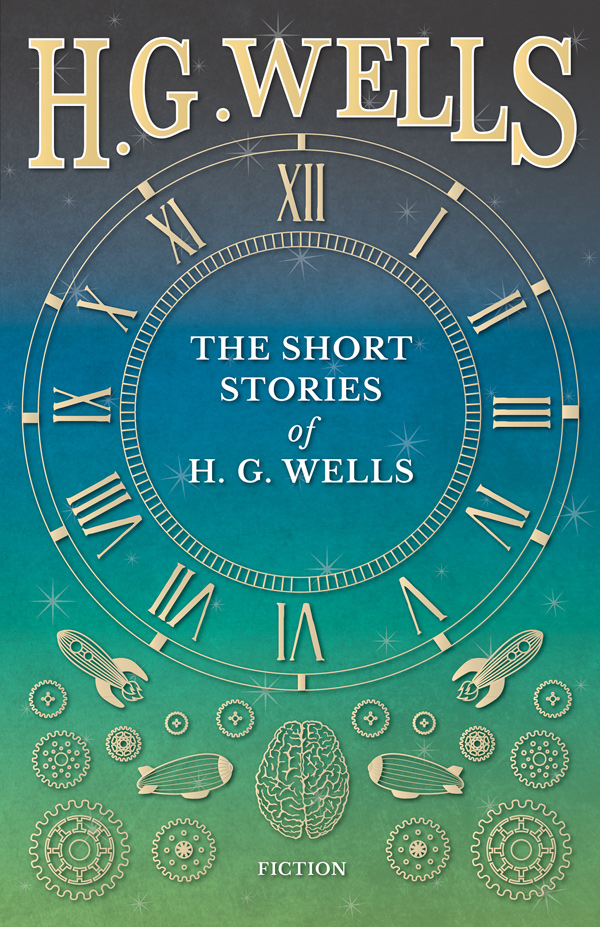

Lionel falls in and out of love, advances his career in politics, becomes successful, and throughout his life he sees the door every now and again – it seems to move about, from Campden Hill to Earl’s Court – but every time he sees it, he is not in a position to stop and go through it. He has a more important door to deal with, the door to his career is opening. In the cab, smoking a cigarette, and there it is – the door – but it’s his first day, so he sends the cabman onwards. He’s now seventeen, on his way to Oxford and a scholarship. He tells his friends, and they demand to see this incredible place, but when he takes them there he can’t remember the name of the street. Then, one day on the way to school he sees the door again.


When he tries to see the future he ends up back on the street.Īnd so he goes home to the grey reality of English life. An older lady takes him into the house and shows him a book where each page has moving images from his life. Lionel is on his way home from school when he discovers a scruffy street, and a green door in a white wall surrounded by vines. He doesn’t know why, but he goes through the door and finds two spotted panthers, parrots, an exotic garden, a pretty girl, a capuchin monkey. He tells his old friend Redmond of the inexplicable events which have dogged him all his life, starting when he was five years old. And that’s Wells’ theme here. The hero is a man called Lionel Wallace, a successful Edwardian gentleman living in Kensington. My favourite quote is from Albert Camus, who said that the whole of our adult life is an attempt to recover the images that first gained access to our souls. It’s a story that could and should be appreciated by everyone in the world. Let’s deal with one cavil it’s that maligned beast, on the surface it’s a white middle-class middle-aged male story – and yet it’s not at all. Its sixteen pages hold within them an entire life, from innocence to experience, love and loss, hope and regret, closure and a hint of paradise. The tale is called ‘The Door In The Wall’. So it’s a valedictory story, and all the more profound for being so. This was one of his last short stories HG Wells wrote, because he was starting to see that the market was controlling his output, and he no longer felt comfortable producing short fiction. You could write a futuristic romance or a nostalgic ghost story, a fantasy thriller or a surrealist comedy from a male or female viewpoint and usually find an audience. There were lots of publishing outlets, and they weren’t divided into neat demographic groups as they are today. The start of the 20 th century was a glorious time to be writing. It’s a small story about a big thing – life. A short while ago I gave a talk about short stories that touched me and I remembered this one, which I first read as a child.


 0 kommentar(er)
0 kommentar(er)
